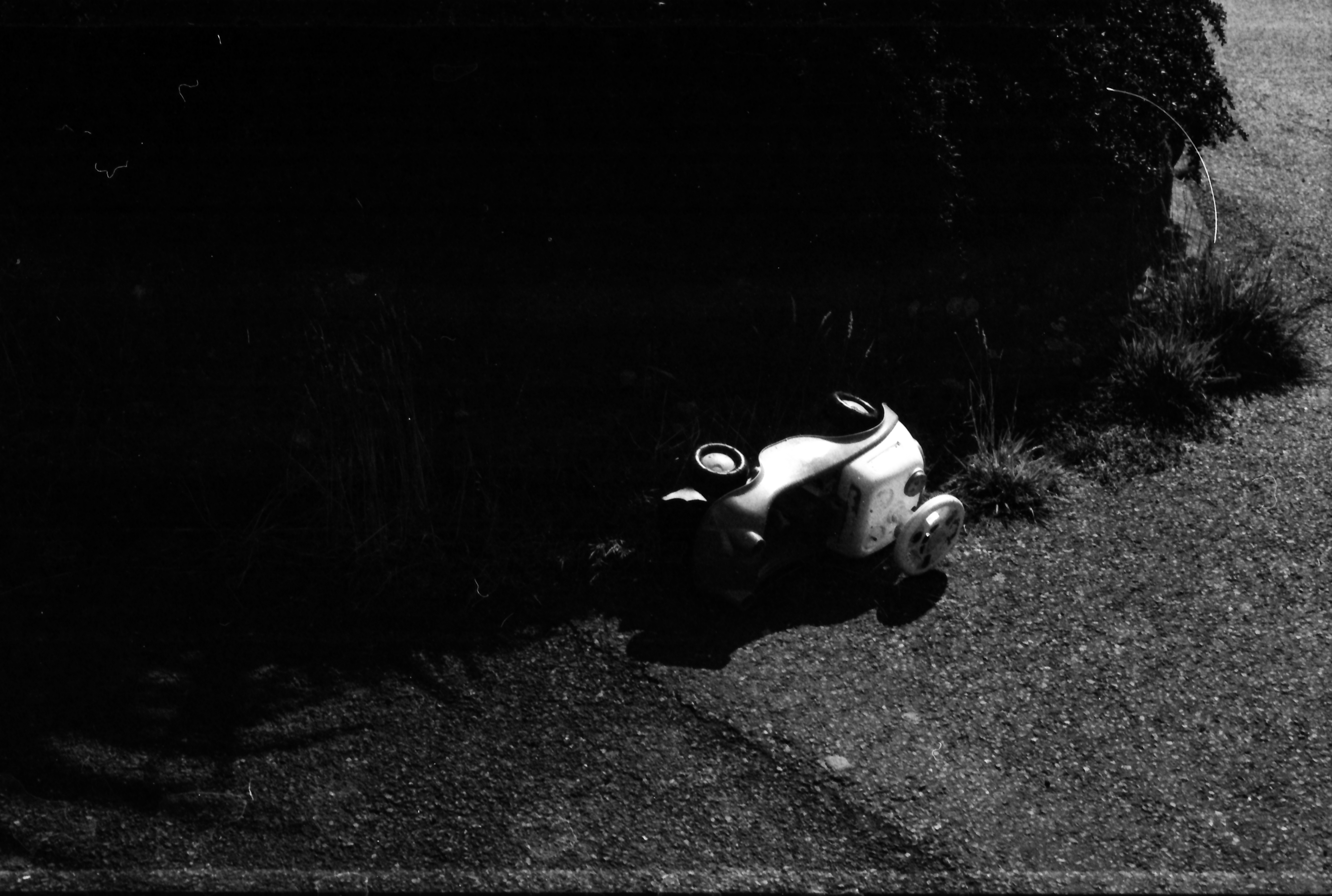
I spent nearly two decades being a professional sports photographer, traveling the world for my job and shooting at many different shutter speeds to capture the action in full swing.
Now, as I've changed gears and try to capture the beauty in the mundane through street/documentary photography 1/500sec seems to be my limit, well not even my limit more a "always-on" approach, and while that might sound odd it really works in any setting!

Now I know that 1/500th shutter speed isn't going to suit everyone, and there will be times when you need something much slower to let in more light, or faster to freeze every millimetre of motion, but for some reason I have all my cameras set to 1/500th and it always just seems to work out really well.
The type of things I'm shooting for street requires that I either move quickly to get the shot or things out in the open that are stationary and don't need anything faster to stop motion.
All my cameras, film or digital, have these two settings fixed: Shutter speed and ISO; Shutter speed being 1/500sec and ISO set to 400. The only thing I ever change is my aperture, and you know what? It just works so well for me that I'd highly recommend trying it yourself.
I guess you could say I'm manually adjusting with a "Shutter priority" mindset when I go out shooting, by just adjusting the aperture to my environment, but knowing that I have 1/500th set on my camera means I'm confident that any situation that comes my way I can capture it and my images will be motion free. Personally I see no need for shutter speeds of 1/4,000 and above because, honestly, 1/500th just works so well, it's like my own 'gold standard', and the setting I first change on any camera.

While this might be a very 'primitive' way of capturing images, it is also the way many photographers shot in the film days when nothing had a light meter built-in, and people might not have one to hand. The technique is called the 'Sunny 16 rule' and focuses on changing your aperture to the available light around you, but keeping your shutter speed the same as your ASA film speed or ISO.
Most common films in the day were rated at ASA 400 and ASA 800, so according to the Sunny 16 rule, you'd set your shutter speed at 1/500 or 1/1000, respectively. The rule is that the number under the fraction is the nearest to the ASA/ISO – since shutter speed steps tend to be 1/500sec rather than 1/400sec the numbers aren't quite perfect reciprocals.)
While we now live in the digital age, and I still shoot analog and digital, this rule still applies, and it is the best technique I learned in my photography. Would it be nice to change shutter speeds once in a while? Yes. But do I really need to? Not in the slightest!

1/500th is my 'go-to' shutter speed for everything. Knowing that my camera is set to that speed, I can capture any shot I want and know what I am going to get, be that on film or shooting digital.
It frees my mind to think about other things in the image, composition for example, how the light is hitting a scene, etc. Having one less thing to think about when taking images is such a feeling experience that I recommend giving it a try, it will certainly work for most things and you might be surprised!







